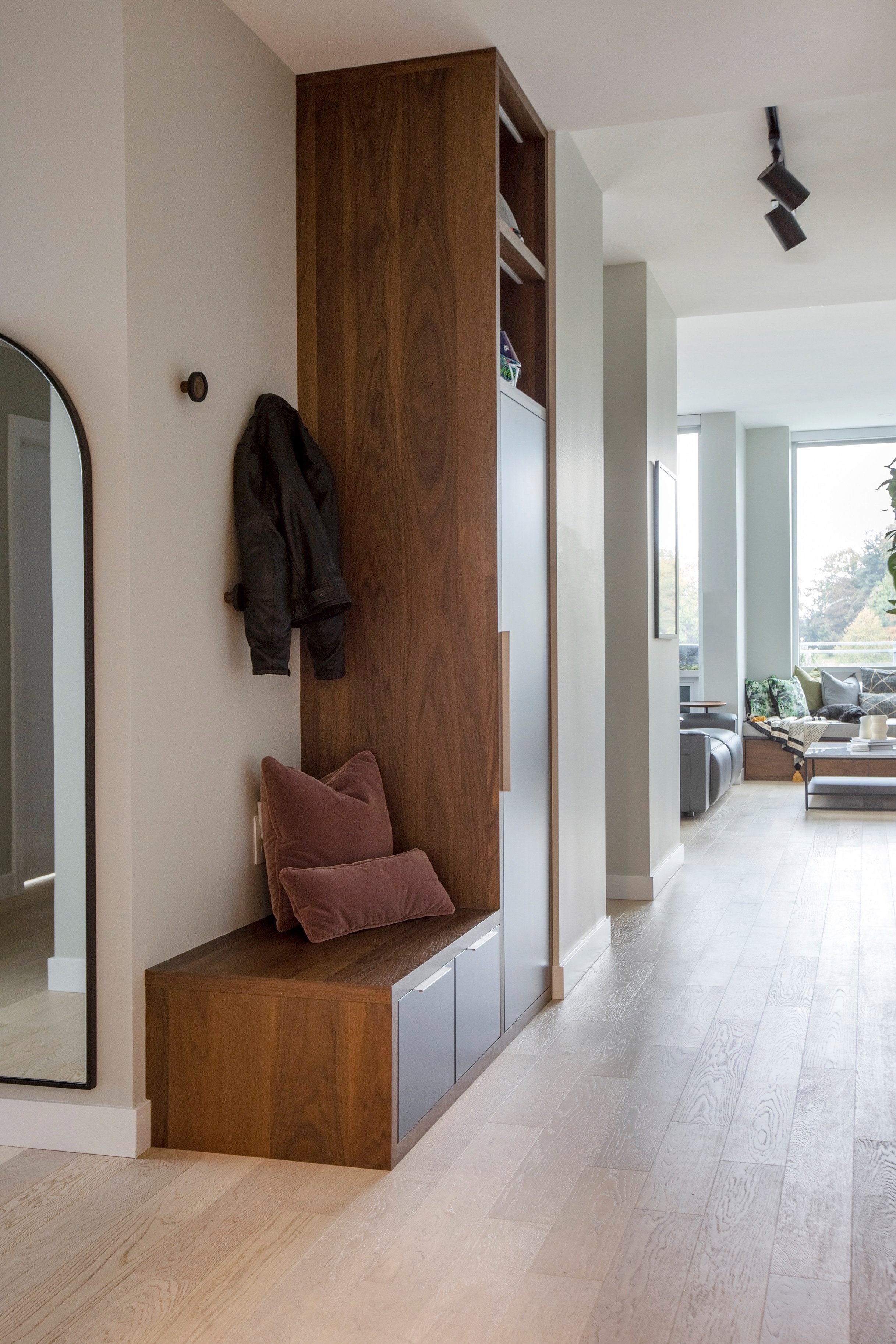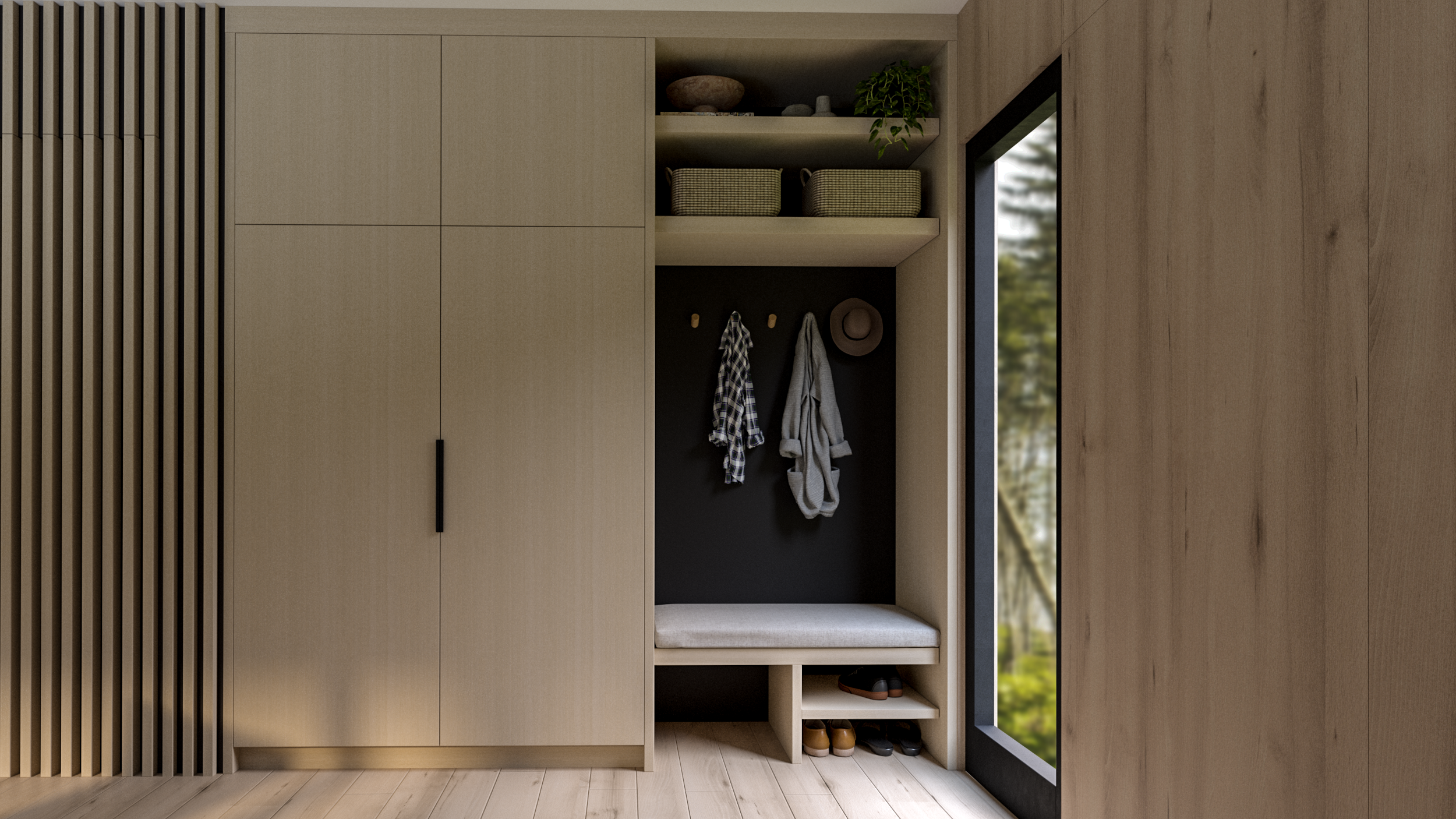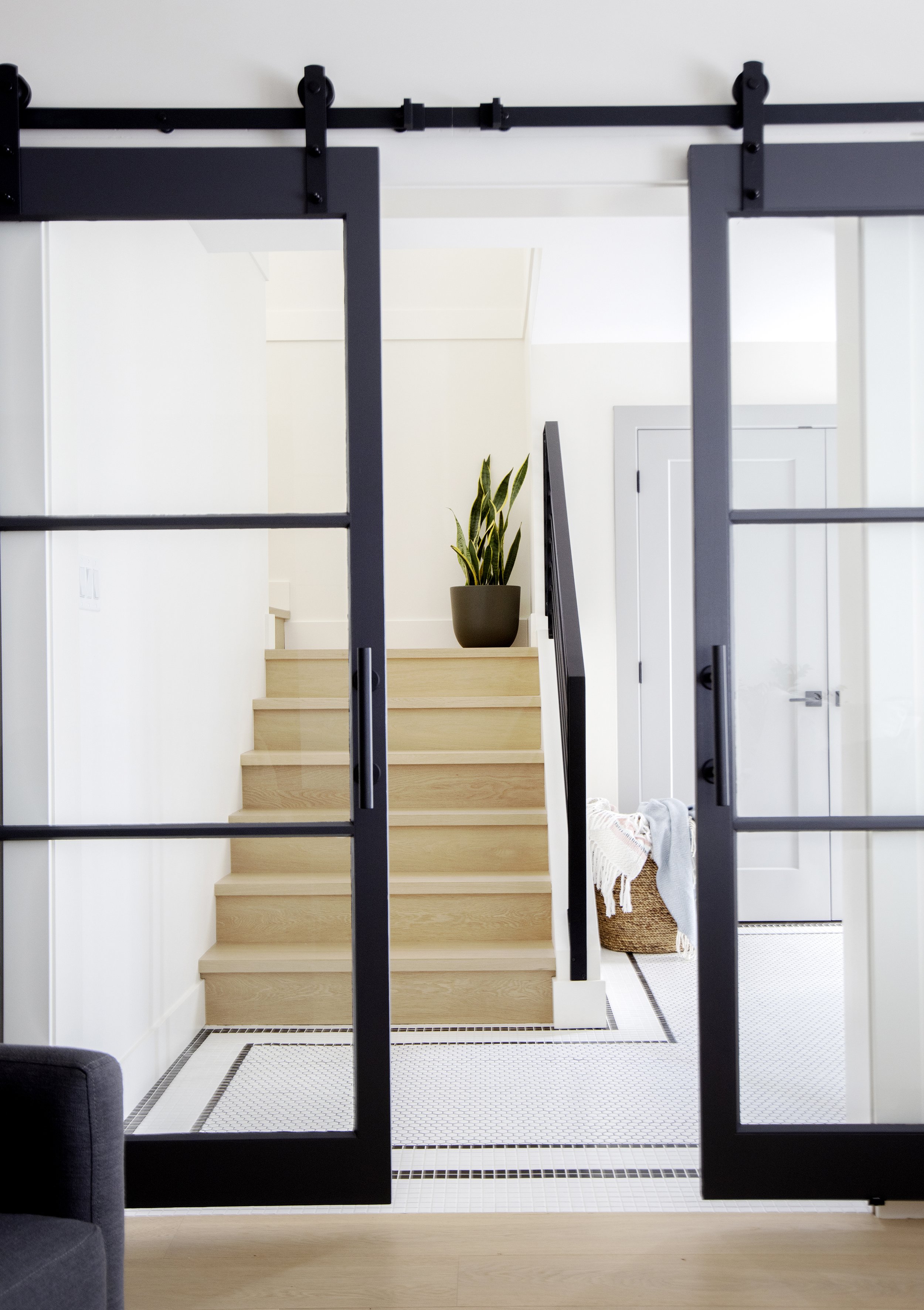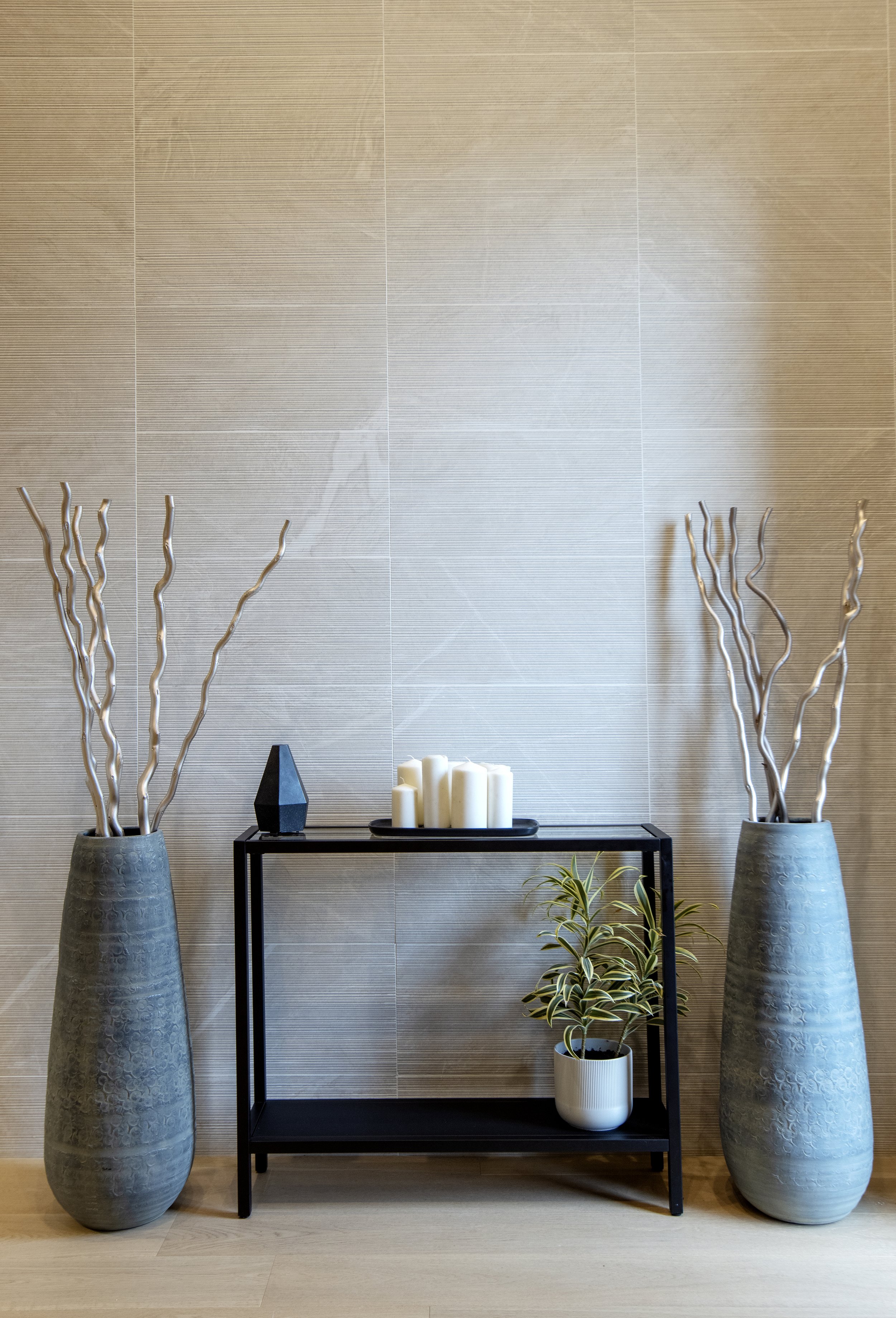HOW TO CREATE AN ENTRYWAY LIKE A PRO
Creating a functional entryway is crucial for setting the tone for the rest of your home. Not only does it serve as the first impression for guests, but it also serves as the hub for daily activities such as storing keys, mail, and other essentials. Here are some tips to help you create a functional and beautiful entryway.
Designate A Space:
A designated space for key items such as keys and mail can help keep your entryway organized and clutter-free. Consider the needs of the space: who will use it the most, will there be high traffic when it is in use, and will guests be using it along with the family.
Indicate what kind of house rules there are in easily identifiable ways; if there are no shoes in the house, have a designated area to leave them. A bench or seating area not only serves as a place to take shoes off but is also an easy way to add storage or hide away items like excess outerwear or pet supplies.
If people are leaving the same way they came in, include ways for them to check themselves before they walk out that door. Include extras such as a phone charging station, a mirror, or a vanity for more ease and function.
Organization:
Incorporate easy-to-find storage solutions for both you and your guests. This keeps items off the floor and ensures they're more easily accessible (and your guests aren't awkwardly holding their coats or purses the whole visit). A console table or a wall-mounted organizer can keep these items in one central location.
Organizational tools such as hooks, shelves, and cabinets make it easy for guests to know where and how to put their belongings. A coat rack or a bench with storage underneath can also serve as a functional and stylish addition to your entryway.
A rendering for a Hewing Haus cabin.
Durability:
The flooring in your entryway needs to be durable and easy to clean. Using tile or hardwood keeps the scuffs to a minimum since they can withstand high traffic and dirt. A stylish rug can also add warmth and texture to the space (and protect the floors from dirt between mopping).
Colour and Texture:
No matter how big or small your entryway is, it is still a part of your home. It is also often the first thing guests see and, therefore, should act as a teaser for the rest of the home.
Go with a colour palette that complements the rest of the house. A cohesive look ensures there are no disjointed areas or odd design choices. Textures are a great way to add dimension and depth to a space. This can be a simple addition such as a woven rug or interesting piece of furniture, or it can be an architectural detail, such as a stone accent wall. Either one can serve as a backdrop for the rest of the décor.
Set the Tone:
Lighting plays a crucial role in setting the tone for a space. Use a combination of overhead, task, and accent lighting to create a warm and inviting atmosphere. Consider installing a pendant light or chandelier as the focal point and adding table lamps or sconces for task lighting.
Bring life and colour to the space with plants or fresh flowers. A small potted plant or a vase of flowers can add a touch of nature and improve the air quality.
Statement Piece:
A statement piece such as a mirror or piece of art can add visual interest and make the space feel larger. Consider installing a large mirror or a gallery wall to create a focal point and bring light into the space. Personalize the space with family photos or artwork to make it feel like home. A gallery wall or a collection of family photos can add a personal touch to the space and make it feel inviting.
By following these tips, you can create a functional and beautiful entryway that sets the tone for the rest of your home. Remember to keep in mind the purpose of the entryway, the needs of the space, and the style of the rest of your home when designing.






















